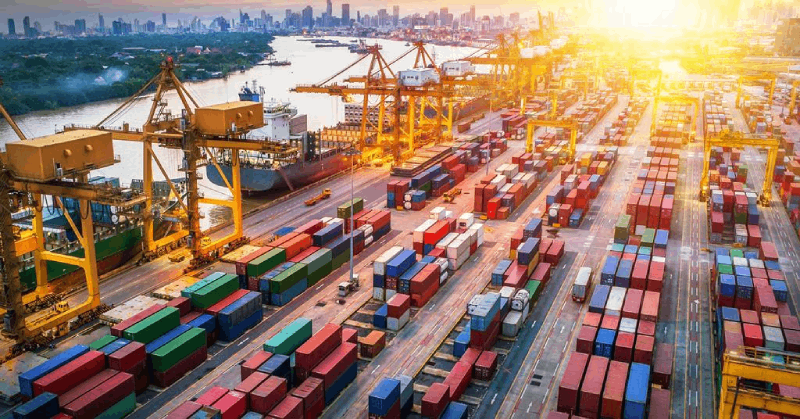Time:2022-07-06 Publisher:Kevin Num:5910

As the peak season approaches, the transportation capacity of the shipping market begins to be tense. The main reason is the global port congestion.
According to the Clarkson container port congestion index, as of June 30, nearly 36.2% of the world's container ships stayed in or outside ports.
The data added that the congestion situation on the east coast of the United States is now the most serious, close to the level of historical records.
Port congestion around the world worries shippers.
In Asia, due to the impact of epidemic prevention and control measures, most major ports in China, such as Shanghai port, Ningbo port and Yantian port, are facing the pressure of container stacking.
On the other hand, other major ports in Asia, such as Singapore port, have a container yard density of nearly 80%; The density of Busan Port in South Korea has also reached nearly 85%.
In Europe, due to the recent strike in ports in many European countries, the speed of container handling in ports has slowed down, causing congestion in Antwerp Port, Hamburg Port and other ports.
The utilization rate of dock yard in these major European ports is more than 80%. In addition, the detention time of transshipment and imported goods is also long.

In addition, in other parts of Europe, insufficient inland truck capacity hinders the transportation of goods from ports to warehouses. This also brings some pressure to the port.
In North America, ports on the west coast and east coast of the United States remain the focus of global attention. At la/lb port, a total of 21 container ships are waiting for berthing outside the port, with a waiting time of 5.5 days.
The average waiting time for ships staying in Auckland port is 10 days.
On the east coast, at present, there are 17 container ships waiting to berth in ny/nz port, and the waiting time has exceeded 20 days.
The waiting time of ships staying in Savannah port also exceeded 10 days.
According to Drury's data analysis, the number of container ships waiting for unloading outside the world's major large ports is indeed increasing.
Statistics from sea intelligence, a maritime intelligence agency, show that nearly 10% of the world's transport capacity is unusable due to supply chain delays.
It also pointed out in the report: "in May this year, the shipping schedule reliability of global shipping companies increased by 2.1% month on month, reaching 36.4%. However, this data is still 2.3% lower than last year's data.".
Among the top shipping companies, only four have improved the reliability of shipping schedule, among which Maersk has the largest increase, reaching 4.4%.
GLA hereby reminds freight forwarders and shippers that port congestion reduces the reliability of shipping schedule, so it is necessary to pay attention to the latest logistics information in time and keep close contact with shipping companies to avoid delay in delivery.



